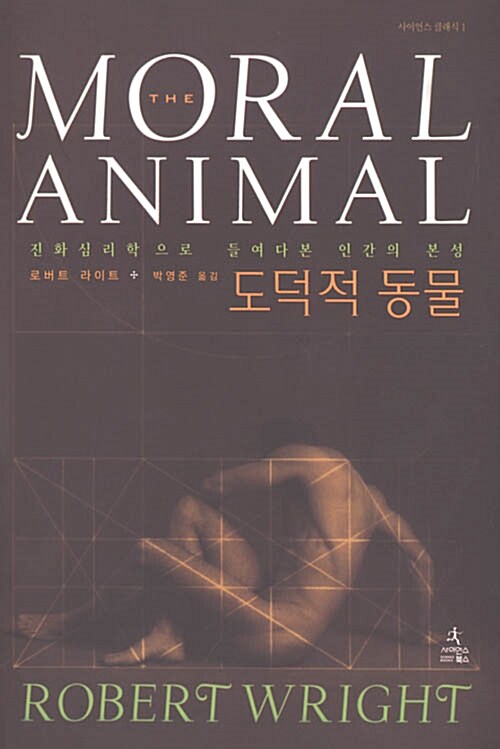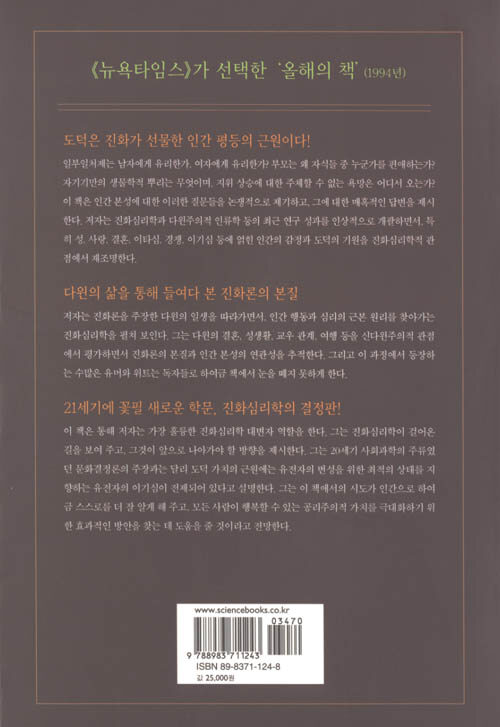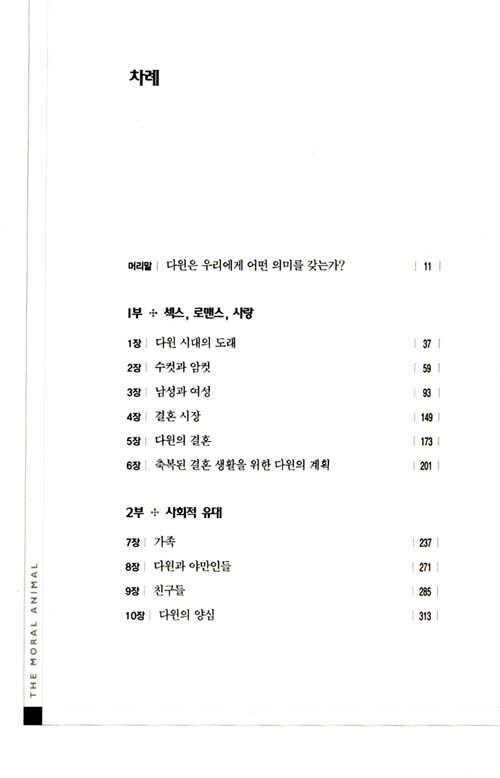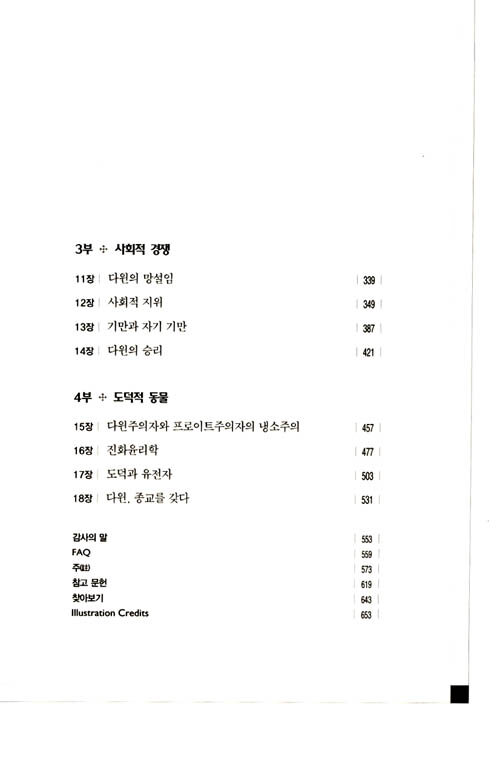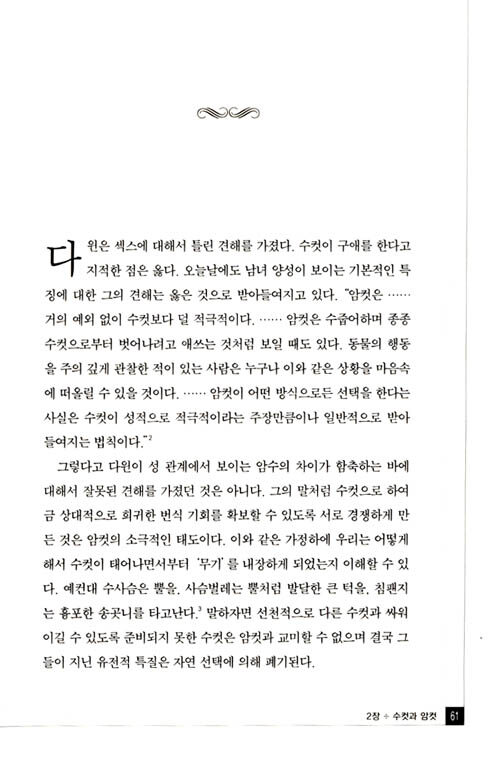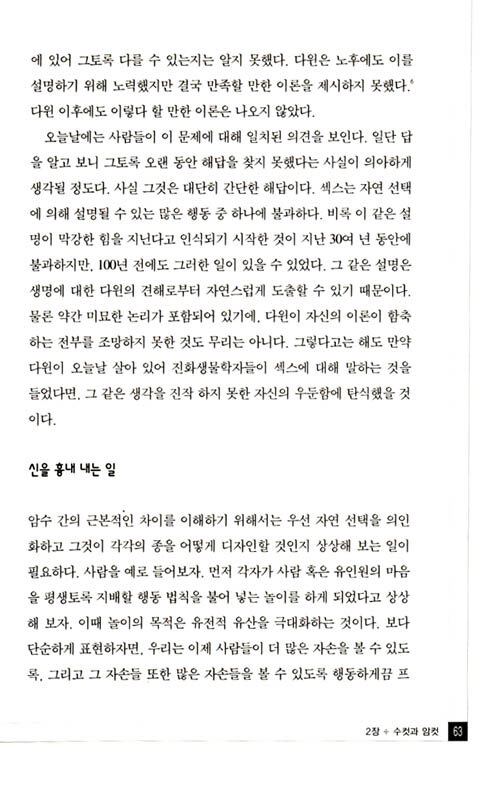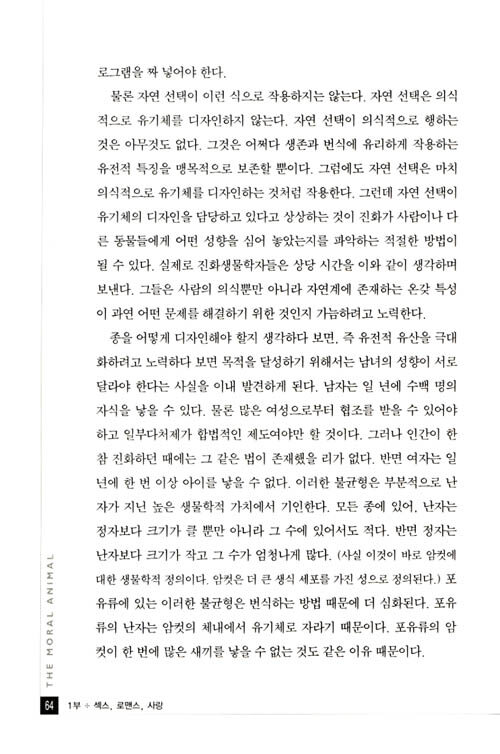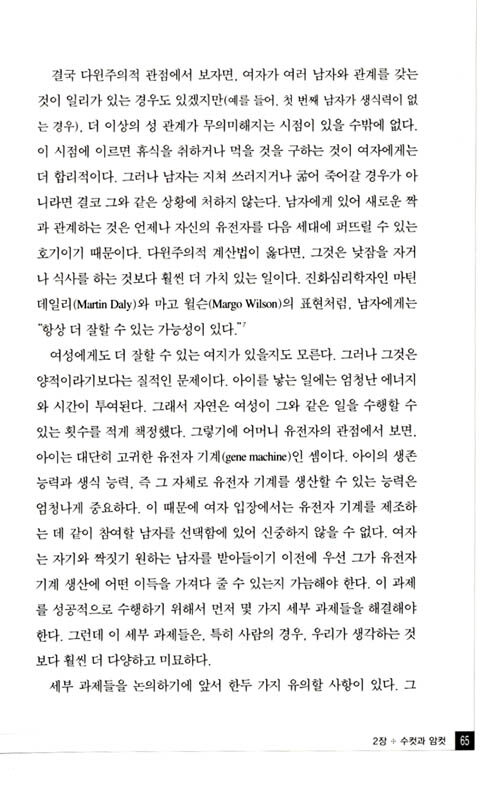Amazon.com: Remaking Friends: How progressive Friends Changed Quakerism and Helped Save America 1822-1940 eBook: Chuck Fager: Books
Remaking Friends: How progressive Friends Changed Quakerism and Helped Save America 1822-1940 Kindle Edition
by Chuck Fager (Author)
The Progressive Quakers, though long forgotten by historians, were the radical seed of activist American religion in much of the nineteenth and early twentieth centuries. Remaking Friends is the first book to tell their unique, exciting story. Emerging in the decades before the Civil War, the movement included pioneer crusaders for abolition and women’s rights. They challenged authoritarianism in churches and questioned many traditional dogmas. They stood for applying reason to doctrine, the Bible and theology; yet they were also welcoming to the burgeoning spiritualist movement.
Come right down to it, the Progressive Friends were just darned interesting. They also shaped the contemporary liberal stream of the Quaker religious movement. Among many other outstanding figures of the era, Frederick Douglass, Susan B. Anthony, Lucretia Mott and William Lloyd Garrison were associated with them. The Progressive Friends have long deserved to have their story told. Finally, in Remaking Friends, they are.
In Remaking Friends,, the saga of the Progressive Friends comes to vivid life, with sketches of some of their outstanding leaders (and their dogged antagonists), their struggle for a voice, recognition, and impact. Beginning as a band of pacifists, some agonized over the Civil War, while others joined up to end slavery and rebellion. Then we follow their evolution and impact through the post-Civil War decades, into the first “Gilded Age,” and the emergence of modern imperialism and militarism--all issues they addressed, with striking contemporary resonance. It shows their ultimate success in shaping today's liberal Quakerism, even as their separate identity faded. Based on ground-breaking research in a wide range of original sources, the book includes more than thirty illustrations.
3.5 out of 5 stars 5 customer reviews
See all 2 formats and editions
Kindle
$3.87Read with Our Free App
Paperback
$11.956 Used from $9.109 New from $11.84
Read less
Length: 248 pages Word Wise: Enabled Enhanced Typesetting:Enabled
Page Flip: Enabled

Customers who bought this item also bought
This shopping feature will continue to load items. In order to navigate out of this carousel please use your heading shortcut key to navigate to the next or previous heading.

Angels of Progress: A Documentary History of the Progressive Friends 1822-1940
Chuck Fager
Kindle Edition
$5.55

On the Brink of Everything: Grace, Gravity, and Getting Old
Parker J. Palmer
4.5 out of 5 stars 197
Kindle Edition
$8.83

To Be Broken and Tender: A Quaker Theology for Today
Margery Post Abbott
4.5 out of 5 stars 3
Kindle Edition
$10.92
Product details
File Size: 3489 KB
Print Length: 248 pages
Page Numbers Source ISBN: 1499604157
Simultaneous Device Usage: Unlimited
Publisher: Kimo Press (May 26, 2014)
Publication Date: May 26, 2014
Sold by: Amazon Digital Services LLC
Language: English
ASIN: B00KLN30SU
Text-to-Speech: Enabled

X-Ray:
Not Enabled

Word Wise: Enabled
Lending: Not Enabled
Enhanced Typesetting: Enabled

Amazon Best Sellers Rank: #891,481 Paid in Kindle Store (See Top 100 Paid in Kindle Store)
#1252 in Religious Studies - History
#3435 in General History of Religion
#4749 in History of Religions
Would you like to tell us about a lower price?
Related Video Shorts (0)Upload your video

Be the first videoYour name here
More about the authorsDiscover books, learn about writers, read author blogs, and more.

Chuck Fager
Follow

Charles Fager
Follow
Ad feedback
5 customer reviews
3.5 out of 5 stars
3.5 out of 5 stars
5 star 60%
4 star4 star (0%)
0%
3 star 20%
2 star2 star (0%)
0%
1 star 20%
Review this product
Share your thoughts with other customers
Write a customer review
Ad feedback
Top Reviews
Leslie Sussan
3.0 out of 5 starsWell, the writing is idiosyncratic and colloquial and the ...May 19, 2015
Format: PaperbackVerified Purchase
Well, the writing is idiosyncratic and colloquial and the author meanders along following his own impulses, but he is an entertaining companion. The tale he tells is primarily of interest to other Quakers who will already have some idea who the Hicksites were and what the difference is between a yearly and monthly meeting. On the other hand, for that target audience, the story of the struggle between a Quietist Quaker establishment on the one hand and a minority prepared to go to war behind John Brown with activist "progressive" Friends seeking to bring about the abolition of slavery, along with Temperance and women's rights is a lively and provocative bit of history. Lucretia Mott comes thru as a powerful character.
3 people found this helpful
HelpfulComment Report abuse
Helen Bayes
5.0 out of 5 starsA gripping read for those passionate about Quaker history and ...May 25, 2015
Format: PaperbackVerified Purchase
A gripping read for those passionate about Quaker history and keen to understand more about continuing revelation during and following the American Civil War. The Inward Voice has worked in wondrous ways to bring us to the openness we Qs have today.
3 people found this helpful
HelpfulComment Report abuse
J. Lowe
5.0 out of 5 starsGood Quaker HistorylJuly 17, 2015
Format: PaperbackVerified Purchase
A very interesting and surprising history of the Society of Friends and their divisions. Chuck Fager is a thorough researcher, not aftraid of the truth even when it hurs.
3 people found this helpful
HelpfulComment Report abuse
William T Weidner
1.0 out of 5 starsBoringMarch 28, 2015
Format: Kindle EditionVerified Purchase
Boring and I did not like content
HelpfulComment Report abuse
j a haverstick
5.0 out of 5 starslive and learnOctober 2, 2014
Format: Kindle Edition
Over the last, oh, lifetime, I’ve read my share of Quaker history. I found three periods particularly interested: the 17th century, the early experience in Pennsylvania, and the Hicksite schism of the 19th century. Each has its Quaker extinction event, the Naylor affair, the political loss of Pennsylvania and the isolation and quietism of Friends after the Hicksite revolution. Somewhere I had read, however, that the ;largest loss of membership occurred during the Civil War. I’ve repeated this several times over the years because, hey, it sure sounds like it could be true and second, it makes a great moral example. The conflict between intuitively valid values, extermination of chattel slavery and pacifism.
I never had any statistics to back it up, though. And I was always a little troubled by my stating something as true which was just hearsay to me. This is why I ordered and read Fager’s book. Spoiler alert, I don’t know whether I was right or not - accurate statistics don’t seem to be available- and it would be a project in itself to even figure out to gather them to back such a claim But I did learn of a host of factors which negatively affected the Friends and much else as well.
First, the Hicksites, of whom I had always considered myself an example, were not the nice guys and gals I had supposed. The extraordinarily rigid Hicksite hierarchy - a surprise - exacerbated the whole natural crisis s among Friends at this time. And not only on the war/slavery issue, but women’s rights and other progressive issues. (I still like Hicks, though.)
Second, this created a reaction among some Friends of social conscience who were either booted out of their meetings or quit and formed rival meetings of Progressive Friends. In fact, it’s this movement which is the main focus of the book.
When you add the war and the enlistment of many young friends, the pot really starts to boil. The weakening of the traditional structures led to a loosening of some traditional practices, Friends became less “peculiar” in behavior and dress. Some returning soldiers were welcomed back, many it seems, but some also were not.. And the next thing you know, this younger generation began “marrying out”, again sometimes with and sometimes without being disowned or quitting.
This is a lot more, you might say a really lot more, nuanced than the mantra I’ve been repeating about the Civil War and Friends. History is messier and thicker than the stories we often tell. I enjoyed this book very much, a real learning experience.
One note of formatting. The book is full of quotes from sermons and other primary material. In this format, I often missed the transition from the author to the quoted material and back again. A minor issue. I think all historically minded Friends would get much from this book and also anybody else with serious interest in American history of this period
11 people found this helpful


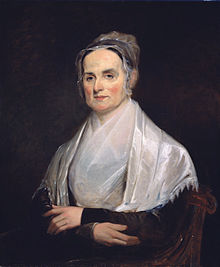
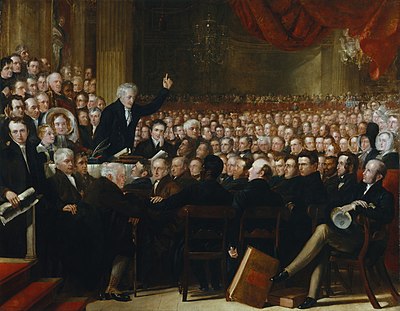


 Wikimedia Commons has media related to
Wikimedia Commons has media related to 



